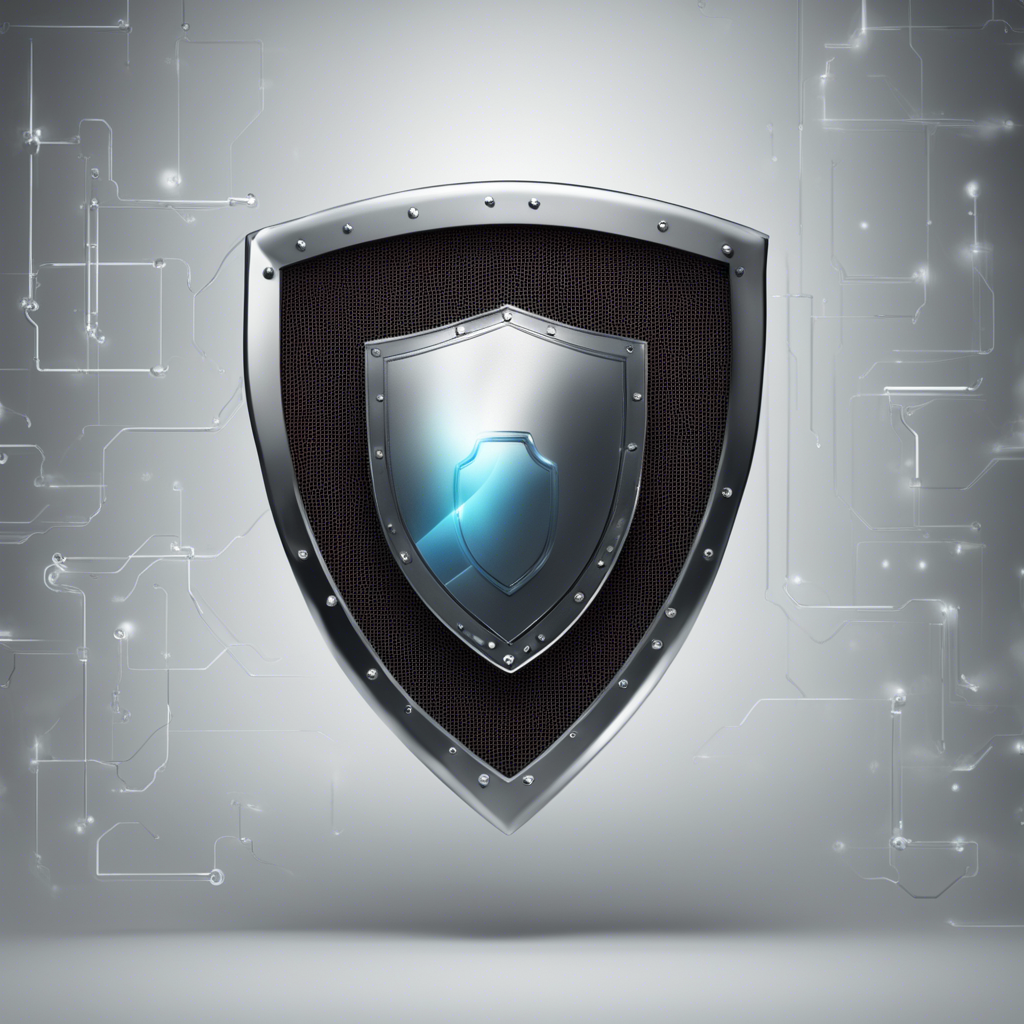
Defending Against the Next Generation of Cyber Threats
In today’s interconnected world, the threat landscape of cyberattacks is constantly evolving, posing significant risks to individuals, businesses, and even governments. As technology advances, so do the capabilities of cybercriminals, making it crucial for everyone to stay vigilant and proactive in defending against the next generation of cyber threats.
Understanding the Current Cyber Threat Landscape
Cyber threats come in various forms, ranging from ransomware and phishing attacks to sophisticated state-sponsored espionage. Hackers constantly devise new methods to exploit vulnerabilities in software, hardware, and human behavior. According to Symantec’s Internet Security Threat Report, there has been a significant rise in targeted cyber attacks in recent years, with organizations of all sizes being potential targets.
The Rise of Advanced Persistent Threats (APTs)
One of the most concerning trends in cyber threats is the rise of Advanced Persistent Threats (APTs). APTs are stealthy and continuous attacks launched by highly skilled threat actors, often with specific targets in mind. These attacks can be difficult to detect using traditional security measures and can result in long-term damage if successful.
Strategies for Defending Against Next-Gen Cyber Threats
To effectively defend against the next generation of cyber threats, individuals and organizations must adopt a comprehensive cybersecurity strategy that combines proactive measures, employee training, and the latest security technologies. Here are some key strategies to consider:
1. Risk Assessment and Security Audits
Conduct regular risk assessments and security audits to identify vulnerabilities in your systems and networks. This will help you prioritize security improvements and allocate resources effectively.
2. Employee Training and Awareness
Invest in cybersecurity training programs for employees to raise awareness about common cyber threats such as phishing, social engineering, and ransomware. Human error is often the weakest link in cybersecurity defenses, so educating employees is critical.
3. Multi-Factor Authentication (MFA)
Implementing Multi-Factor Authentication (MFA) adds an extra layer of security by requiring users to provide multiple forms of verification before accessing systems or data. This can significantly reduce the risk of unauthorized access.
4. Endpoint Security
Endpoint security solutions help protect devices such as computers, laptops, and mobile devices from malware, ransomware, and other cyber threats. Implementing robust endpoint security measures is essential to safeguarding sensitive data.
5. Network Segmentation
Segmenting your network into different zones with specific access controls can help contain cyber threats and prevent lateral movement by malicious actors. This limits the impact of a potential breach and enhances overall network security.
6. Incident Response Plan
Develop a thorough incident response plan that outlines the steps to take in the event of a cybersecurity breach. Being prepared to respond effectively to a cyber incident can minimize damage and downtime.
Conclusion
Defending against the next generation of cyber threats requires a proactive and multifaceted approach that addresses vulnerabilities at the technical, operational, and human levels. By staying informed about emerging cyber threats, educating employees, and implementing robust security measures, individuals and organizations can significantly reduce their risk exposure and mitigate the impact of potential attacks.
Remember, cybersecurity is an ongoing process, and staying ahead of cyber threats requires continuous monitoring, adaptation, and collaboration with industry experts and cybersecurity professionals. By prioritizing cybersecurity as a fundamental aspect of your operations, you can better protect your valuable assets and data from malicious actors in the digital realm. Stay vigilant, stay informed, and stay secure.
Stay safe online!


